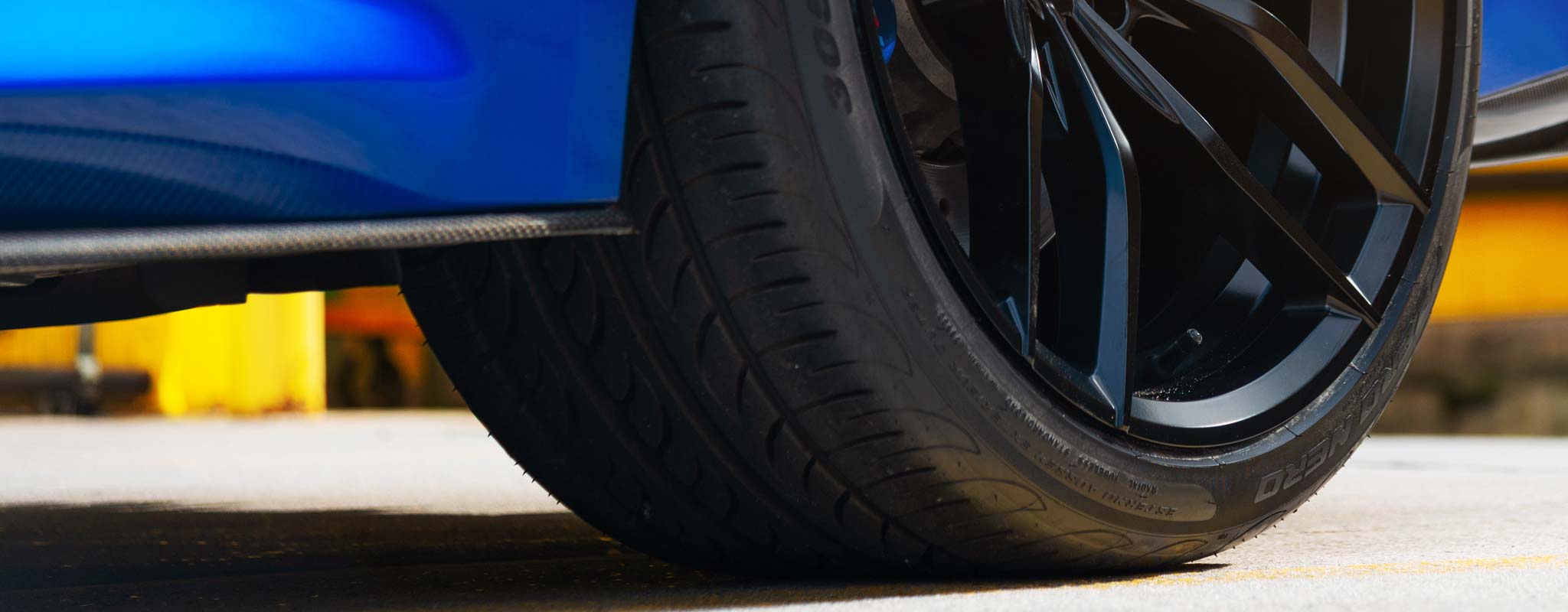Can I Mix Run-Flat Tires with Standard Ones?
You’ll have safer handling and prevent damage to other parts of your car when all four tires on your vehicle match closely in type, tread depth and size. This is not the case when you mix and match run-flat tires with standard tires. Here’s why.
Run-flat tires (RFTs) are built with reinforced sidewalls, which make them a lot stiffer. This is why they can be driven between 50 and 100 miles (depending on the type) at about 50 mph with low or no air.

When there’s a big difference between your front and rear tires’ sidewall flex, your car’s handling will be imbalanced. You won’t have proper stability, especially when you need it most: around corners, at highway speeds and when swerving.
Due to the way they’re made, RFTs typically wear out long before standard tires. If you mix and match, you may end up with significant differences in tire tread depth between your front and rear axles. This could result in other problems if you replace only the two worn-out tires.
Consider costs, repairability, and convenience if you’re thinking about getting or ditching RFTs.
Costs
RFTs (also called zero-pressure tires) come standard on about 12 percent of new vehicles. You can expect to pay more for them than regular tires. That’s not the only expense to factor in:
- You’ll be replacing them sooner. RFTs wear out an average of 6,000 miles before standard tires.
- While some manufacturers say it may be OK to repair RFTs in some circumstances, driving any distance on a flat RFT can damage the internal construction of the tire. No type of tire should be run when it is very low on air pressure. You’ll not only ruin the tire but risk damage to the wheel.
- It’s a misperception that RFTs can be driven flat and still be usable. You’re looking at buying a new tire whenever you drive on a tire with zero air in it. A single flat can, therefore, start adding up in cost.
Can a Run-Flat Tire Be Patched?
Some may be repairable in limited circumstances: It’s a simple, small puncture in certain parts of the tire, you didn’t lose a whole lot of air and no internal damage is done.
The tire technician should inspect the exterior for severe shoulder wear and sidewall scuffing. The tire should be unmounted and the interior checked for puncture size, possible bead problems or other damage. Driving with really low air generates a lot of tire heat which can destroy the rubber and plies. It can be difficult to detect such internal damage. Any of these indicators likely mean the tire isn’t fixable.
If a repair is possible, check to be sure that the tech doing the repair has the specialized equipment and certification to do it right. The shop should use a rim-clamp-style mounting machine to put the tire back on and take care not to damage TPMS sensors.
Be aware that once an RFT has been repaired it may void all other aspects of the warranty.
Are They Really More Convenient?
If you simply must avoid ever changing a flat tire and you live someplace where you’re always within 50 miles of a service station, run-flats may be an option to consider. But the conveniences of zero-pressure tires are very limited.
If you hit some large debris or the tire suffers damage to the sidewall, you’re going to be stranded. RFTs cannot roll at all when the sidewall structure is compromised.
And when it comes time to get one replaced, they may be hard to find. They’re specialty tires. You may be waiting for a replacement.
Run-Flat Tires or Not?
RFTs offer some convenience and quick steering response. You can get safely off a busy freeway when you have a flat or skip changing a tire in the cold rain. If one suddenly deflates, you’ll have more stability when steering through the tire failure.
But some drivers find them noisy and stiff-riding. They cost more, especially if you end up with a flat. They don’t last as long as standard tires. Since RFTs won’t visibly sag if the air is low, it’s especially important to maintain correct pressure and be sure that the TPMS system is working at all times.
If you have a roadside assistance plan as part of your auto insurance or with AAA, evaluate whether it may be cheaper and more convenient to buy traditional tires and rely on a tow in case you get a flat. (And consider whether it may be better to carry a spare.) If you decide you want to replace the run-flats that came on your car with standard tires, it’s perfectly fine to mount them on your existing wheels. They’ll fit properly so as long as they’re the same size.
